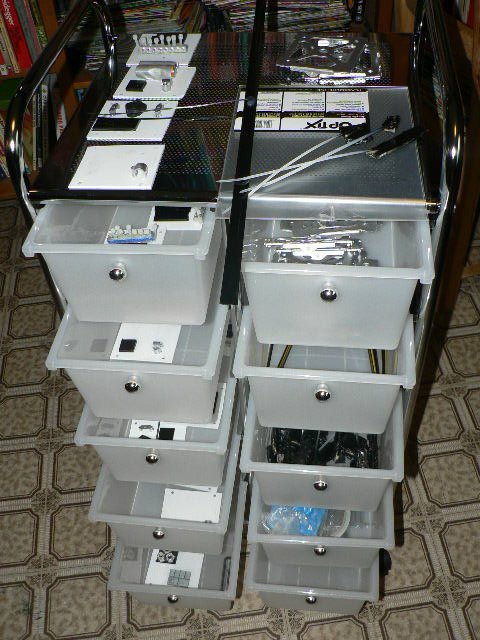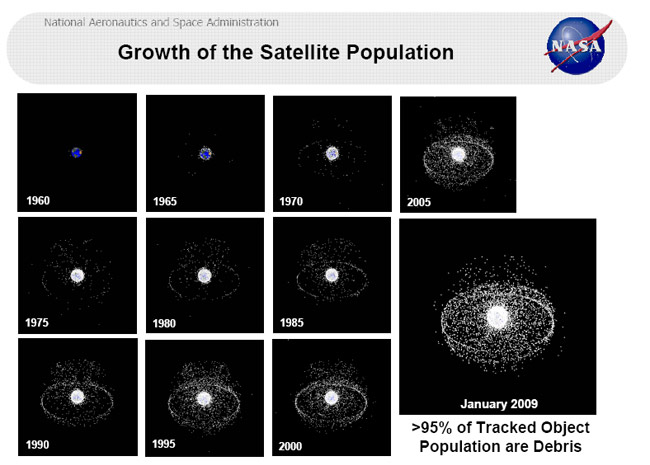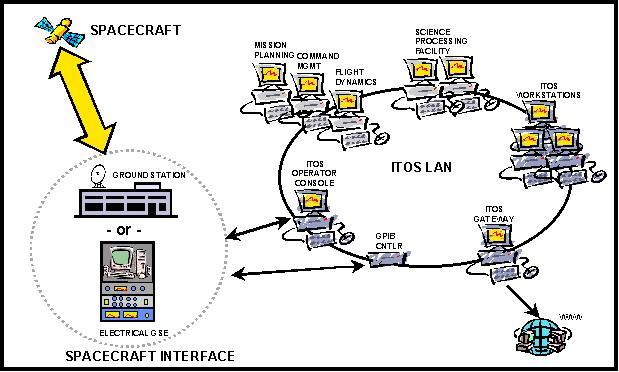 At MakerFaire NYC
At MakerFaire NYCHi all,I'll be at the NYC MakerFaire this weekend (Sept 21-22), in case anyone wishes to join up...
 Concepts For A CubeSat LARP
Concepts For A CubeSat LARPI am a firm believer that simulations improve reality. If you want to launch a CubeSat, you...
 Putting a TARDIS in Space?
Putting a TARDIS in Space?I am used to odd looks when I say I'm flying a satellite to convert the ionosphere to music. ...
 Who Can Launch a CubeSat?
Who Can Launch a CubeSat?In the half year since I wrote last September, the CubeSat field has greatly moved forward. ...









